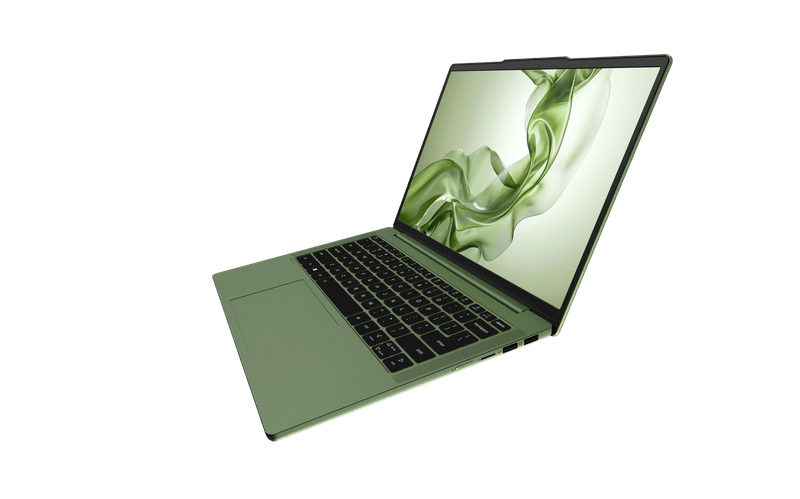Laptop Mag Verdict
Designed for K-12 students, the Dell Latitude 13 Education Series puts Windows 8.1 Pro in a tough, long-lasting, 13-inch touch-screen notebook.
Pros
- +
Long-lasting battery
- +
Loud speakers
- +
Plenty of connectivity options
- +
Durable, spill-resistant build
Cons
- -
Hefty design
- -
Relatively dim screen
- -
A little pricey
Why you can trust Laptop Mag
Today's students need a laptop that will do it all: create presentations, play Web videos, and allow for some casual gaming and online research. Dell's Latitude 13 Education series (starting at $539; $769 as tested) looks to offer a comprehensive experience for the K-12 environment by packaging Windows 8.1 Pro into a durable body with an optional touch screen. Packing a big battery that will last the entire day, how good is the Latitude 13 for students?
Design
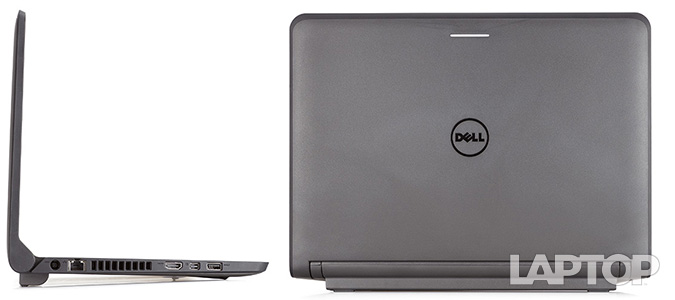
The Dell Latitude 13 for Education is a beast, but not the sexy kind. Built to withstand drops in busy hallways, the laptop's lid, deck, bezel and underside are covered in a rough, gray plastic that's grip-friendly and smudge-resistant. Its edges consist of black rubber, which helps absorb shocks.
On the lid is a glossy Dell logo with a network status indicator light above it, which adds a nice touch and lets teachers see at a glance if students are working or just surfing the Web. The bottom of the notebook that houses the six-cell lithium ion battery protrudes by about an inch, adding some bulk to the already hefty notebook. The non-touch configurations of the Latitude 13 that carry just the four-cell battery will not have this protrusion, and are also 0.2 pounds lighter.
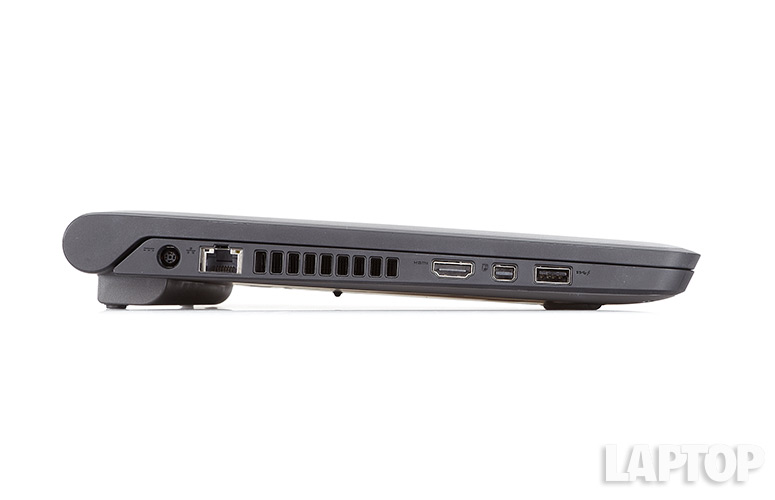
Click to EnlargeOpen up the Latitude 13 Education, and you'll find a black, island-style keyboard. To the right of the keyboard is a power button and a row of indicator lights along the edge to show power, Wi-Fi and battery status. Centered below the G and H buttons of the keyboard is a trackpad, with two buttons below it.
MORE: Best Windows 8.1 Browser: Chrome vs. Firefox vs. Internet Explorer
You can open the Latitude 13's lid 180 degrees so its screen lies flat, which Dell says will facilitate easy screen sharing for group discussions around a table.
The added protection built into the Latitude makes it bulkier than your typical 13-inch notebook. At 13 x 9.6 x 0.96-1.41 inches and 4.4 pounds, the Latitude 13 is heftier than the Lenovo Yoga 2 13 (13 x 8.71 x 0.68 inches; 3.6 pounds) and wider than the Toshiba Satellite E45t (13.4 x 9.2 x 0.8 inches; 4.4 pounds). It is smaller and lighter than the ASUS VivoBook V451L (13.7 x 9.5 x 1 inches; 4.8 pounds), but the VivoBook and the Satellite both have larger, 14-inch screens.
Durability and Security
While it's not a completely rugged system, the Latitude 13 Education can take more abuse than your typical notebook. Built to meet military standards (MIL-STD 810G) for durability, the Latitude 13 features a rubber trim around its LCD and base, and can survive drops from as high as 30 inches.
You can't dunk it in water, but the notebook's fully sealed keyboard and touchpad prevent spilled liquids from getting into the device's circuitry. A cable lock on the Latitude's side lets students secure their computers to a permanent object to prevent theft.
The Latitude 13 also features TPM for secure credential storage and Dell Data Protection Encryption, which defends your data on external devices and in the cloud. Windows 7 Latitudes can also run Dell's Protected Workspace, which finds and blocks malicious behavior, such as viruses, Trojans and zero-day attacks.
Display
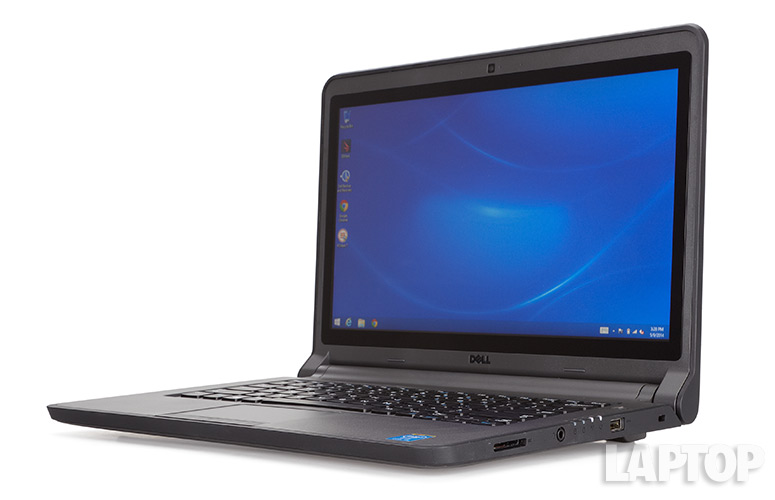
Click to EnlargeWe enjoyed watching a 1080p trailer for "X-Men: Days of Future Past" on the Latitude 13's vibrant and responsive 13.3-inch, 1366 x 768 touch screen. Mystique's scaly blue skin and flaming red hair looked vibrant, while details such as the deep lines on (the older) Professor Xavier's forehead were clear. Some text, such as numbers and letters in the weather and photos, appeared fuzzy, but words on Laptopmag.com and NYTimes.com were crisp.
Unfortunately, viewing angles were narrow, with images washing out when we tilted the screen beyond 45 degrees. When we laid the laptop completely flat on a desk, we had to stand directly above the system to see videos clearly. The glossy Corning Gorilla Glass panel also caused some glare.
On our colorimeter, the Latitude 13 produced 65.9 percent of the sRGB color gamut. That's less than the thin-and-light category average (70 percent) and the Yoga 2 13 (102 percent), but more than the VivoBook (62 percent). The Latitude's Delta-E score of 2.6 indicates it displays colors more accurately than the average thin-and-light laptop (6.56) and the Yoga (6.5), but it's less accurate than the ASUS VivoBook (0.7).
Measuring 171 lux (182 nits) on our light meter, the Latitude 13 is dimmer than the average thin-and-light laptop (237 lux) and the 239-lux Yoga 2 13, but brighter than the VivoBook (148 lux) and the Satellite E45t (149 lux).
Audio
You'll enjoy loud, mostly accurate music through the Latitude 13's bottom speakers. Rihanna's voice in "Right Now" was clear against the synths in the background, and the music easily filled a small meeting room. We did find the drums and bass in "Some Children" by Holy Ghost! somewhat canned, especially when the notebook was placed on our lap.
Notching 88dB on Laptop Mag's audio test, which involves playing a tone and measuring it from 23 inches, the Latitude 13 was louder than the average thin-and-light notebook (83 dB). The Dell also beat the Satellite (73 dB), VivoBook (73 dB) and Yoga (77 dB).
Keyboard and Touchpad
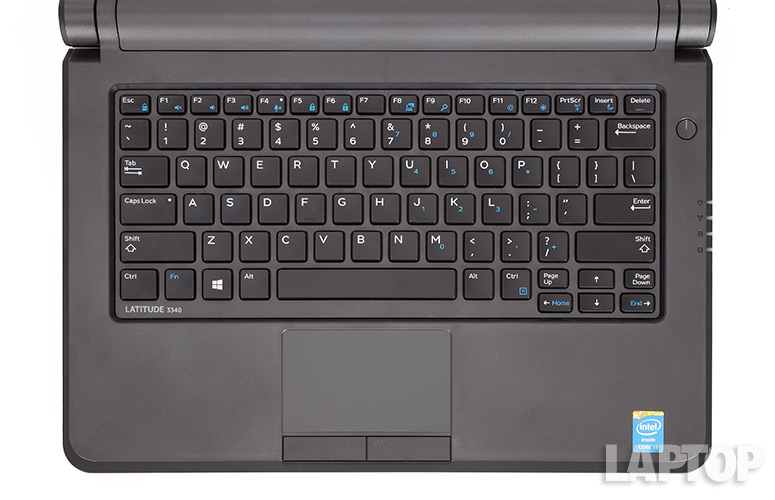
Click to EnlargeWe enjoyed typing on the Latitude 13's comfortably spaced island-style keyboard. The keys offered adequate travel and depth, and are slightly curved for more comfortable finger placement. On the Typing Test HQ evaluation, we notched an average of 84.76 words per minute (98.65 percent accuracy), slightly slower than our desktop average of 95.5 wpm (99.3 percent accuracy).
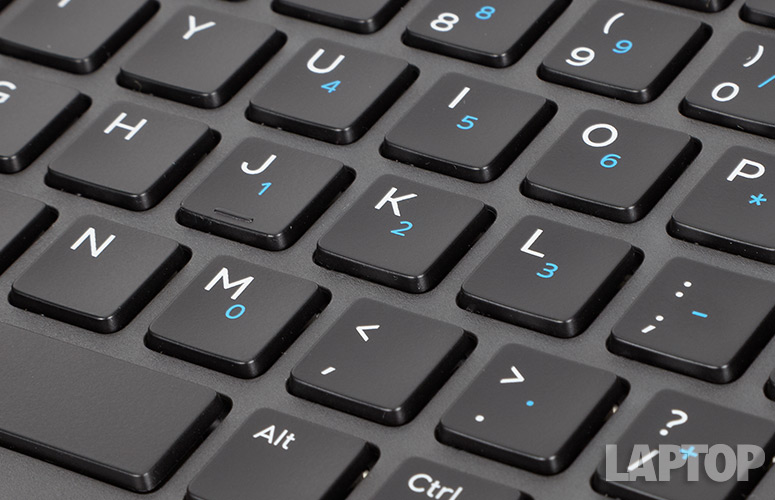
Click to EnlargeWe wish the functions on the top row of keys were reversed, so we didn't have to press the Fn button to trigger commands such as increase/decrease volume and brightness.
The 3.4 x 2-inch touchpad below the keyboard was responsive, letting us easily launch the Windows 8 Charms menu by swiping in from the trackpad's right edge. Two-finger scrolling and pinch-to-zoom worked well on webpages and pictures, too. We also liked the two physical buttons at the bottom of the pad, which made it easy to trigger left and right clicks.
Heat
You may want to keep the Latitude 13 off your lap. After playing a video on Hulu for 15 minutes at full screen, the laptop's bottom hit a troubling 100 degrees Fahrenheit. That's hotter than our 95-degree comfort threshold. The touchpad registered a cool 83 degrees F while the space between the G and H keys reached 87 degrees F.
Webcam and Ports
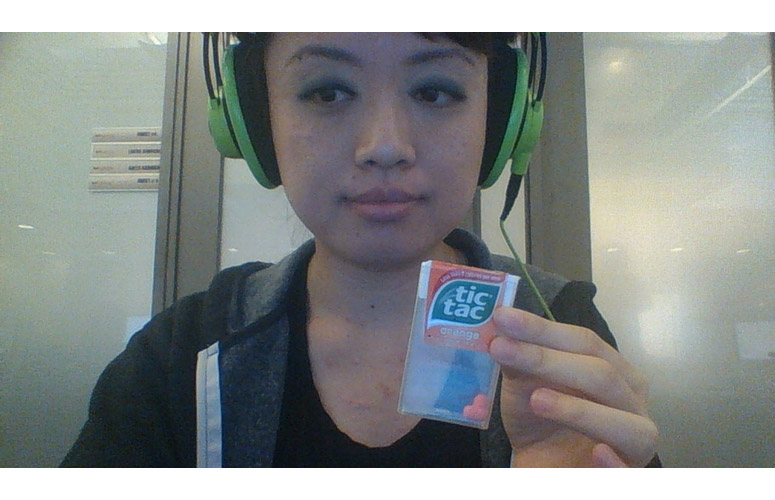
Click to EnlargeThe Latitude 13's webcam is adequate for selfies and Skype calls, but just barely. Even in a well-lit environment, we noticed a good deal of visual noise, and images looked washed out. The lime green of our headphones and a box of orange Tic Tacs looked dull and inaccurate. Dell doesn't offer a separate camera app beyond the stock Windows version.
Students will be able to hook the Latitude 13 up to just about anything, thanks to the army of connectivity options. Ports for power, Ethernet, HDMI, miniDisplayPort and USB 3.0 with PowerShare sit on the left edge. On the right side are an SD Card reader, a 3.5mm audio jack, a second USB 3.0 port and a security cable slot.
Performance
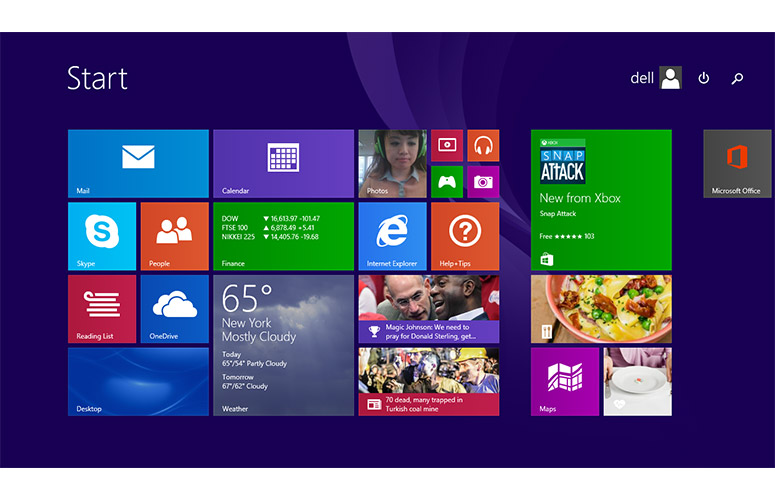
Click to EnlargePacking a 1.2-GHz dual-core Intel Core i3-4005U CPU with 4GB of RAM, the Latitude 13 delivered decent day-to-day performance. We smoothly streamed an episode of "Modern Family" on Hulu while apps such as camera and the "League of Legends" game installer were running in the background. Switching between the traditional desktop and the Start screen (Metro UI) took just a second, and the camera quickly snapped successive shots without hiccups. It did take a few seconds to start apps such as Weather or Photos, though.
On synthetic tests, the Latitude's performance wasn't stellar. Its PCMark 7 score of 2,313 is less than the thin-and-light average of 3,897, and trails competitors such as the VivoBook (2,782), Yoga 2 13 (2,939) and Satellite E45t (4,316). However, the latter three systems all have more-powerful 1.6-GHz Intel Core i5-4200U CPUs, with the ASUS and Toshiba carrying 6GB of RAM, while the Lenovo has 4GB.
The Latitude also failed to impress on Geekbench 3, notching 3,480 against the category average (5,756), Satellite (4,962), VivoBook (4,989) and Yoga (5,052).
With a 500GB 5,400 rpm SATA hard drive, the Latitude 13 booted Windows 8.1 Pro in 24 seconds. That's slower than the average thin-and-light laptop (20 seconds), the Satellite E45t (21 seconds) and the Yoga (15 seconds), but faster than the VivoBook (33 seconds).
Copying 4.97GB of mixed media files in 2 minutes and 29 seconds (34 MBps), the Latitude 13 was far slower than the average thin-and-light notebook (93.79 MBps), but faster than the VivoBook (23 MBps), Satelite (28 MBps) and Yoga (30.5 MBps).
The Latitude 13 lagged behind the competition on the OpenOffice Spreadsheet Macro test, pairing 20,000 names and addresses in 8 minutes and 5 seconds. The Satellite (5:20), VivoBook (5:18), Yoga (5:14) and average thin-and-light notebook (6:32) were all faster.
Graphics and Gaming
With an Intel HD 4400 graphics chip, the Latitude 13 offers a solid casual gaming experience for students looking to balance work and play, but it won't handle anything heavy duty.
On 3DMark IceStorm Extreme, the Latitude scored 21,907 against the thin-and-light category average of 30,387. That was also below the Satellite (23,907), Yoga (30,690) and VivoBook (31,215).
Pushing through just 29 frames per second on the "World of Warcraft" benchmark on autodetect at 1366 x 768, the Latitude fell well below the Intel Mobile HD GPU-powered Satellite (36 fps), the Intel HD Graphics 4600-backed Yoga (41 fps) and the Intel HD Graphics 4400 GPU-powered VivoBook (42 fps). We consider 30 fps to be the minimum playable frame rate.
Software and Apps
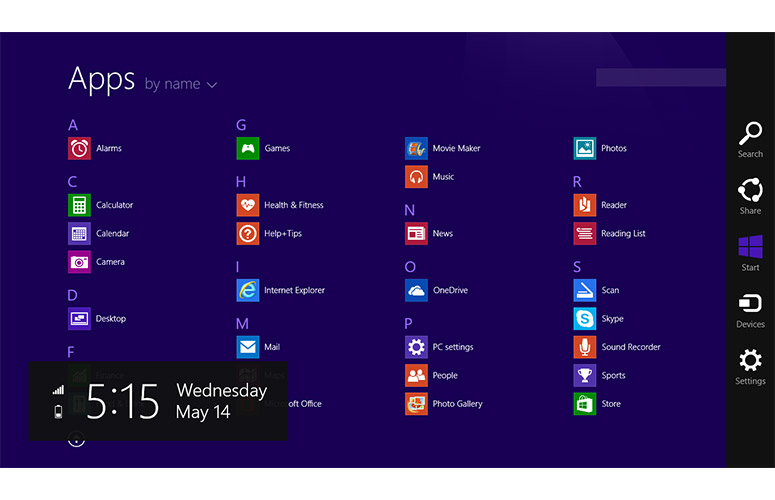
Click to EnlargeRunning Windows 8.1 Pro, the Latitude 13 for Education offers students a good mix of fun and productivity. You can receive notifications from selected apps, swipe left to turn on the camera (when set) and answer Skype calls from the lock screen.
The new Windows 8.1 boots to desktop by default, letting you use the familiar environment from the get-go. Long-pressing or right-clicking the Start button brings up a list of options such as Programs and Features, Task Manager and Control Panel.
On the Start screen, along with a grid of colorful Live Tiles, a persistent Power button now sits on the top right corner for you to quickly lock or shut down your computer. Swipe in from the right to bring up a Charms menu for quick access to Search, Share, Devices and Settings.
Both desktop and Live apps now have a title bar at the top; these bars sport Minimize and Exit buttons at the top right so you can easily dock or exit the app.
Dell kept the Latitude 13 free of bloatware, bundling just its Backup and Recovery, Power Manager, and Digital Delivery tools with the notebook. You'll get such usual Windows 8 fare as Skype, Bing, Internet Explorer 11, OneDrive and Movie Maker. A trial version of Microsoft Office 2013 is included, as is a 12-month subscription to McAfee Security Center.
Battery Life and Warranty
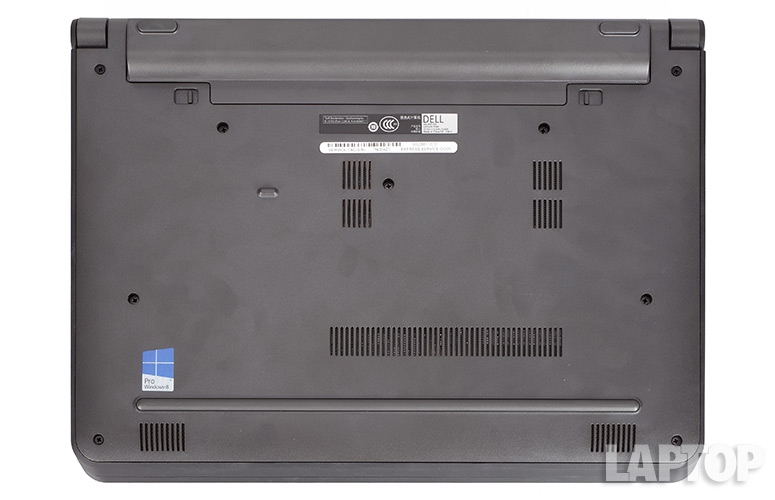
Click to EnlargeLasting a whopping 13 hours and 10 minutes on Laptop Mag's battery test (Web surfing over Wi-Fi), the Latitude 13's 65 WHr six-cell lithium ion battery outperformed the laptop category average (6:11), VivoBook (6:54), Satellite (8:06) and Yoga (5:13).
It's worth noting that the Latitude 13 was tested at 100 nits, which translates to 52 percent of its full brightness. We tested the VivoBook, Satellite and Yoga at 40 percent of each device's max brightness using our old battery test.
Dell offers a one-year basic hardware warranty with one-year limited on-site help after remote diagnosis.
Price and Configurations
Our unit of the Dell Latitude 13 Education series packs an Intel Core i3 chip with 4GB of RAM and a 500GB SATA hard drive for $769 on Dell.com. It is the only one in its range to offer Windows 8.1 Pro and a touch screen. The Latitude 13 Education also comes with a six-cell battery.
Dell offers three other flavors of the Latitude 13 that carry Windows 7 Pro without a touch screen. This series carries a lighter, four-cell battery. Prices start at $539 for the version with an Intel Celeron chip, $669 for an Intel Core i3 processor and $769 for a Core i5 CPU. These three configs sport the same 500GB SATA hard drive and come with a Windows 8.1 Pro license and media if you wish to upgrade.
While the touch model is available only in black, the non-touch versions are available in black, blue or red.
Verdict
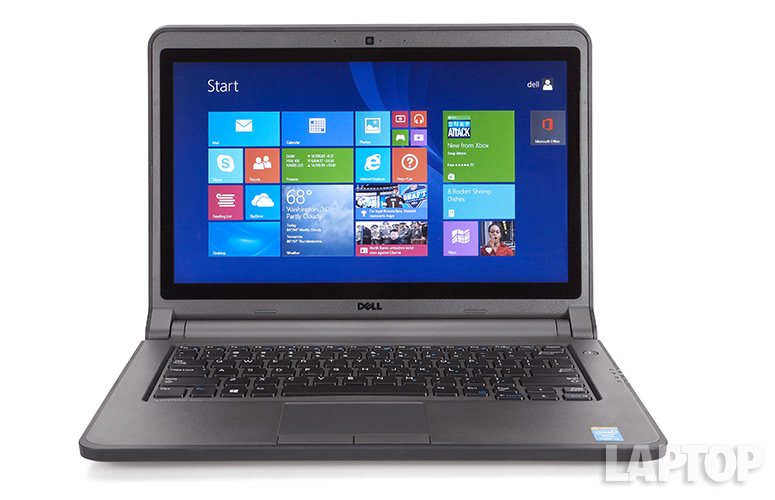
Click to EnlargeThe Latitude 13 Education ($769 as reviewed) is a sturdy laptop that's capable of handling day-to-day functions. Its impressive battery will last you the school day and even through after-school activities. Unfortunately, this notebook's bulk may cause teens some grief, and the performance could be better for the price.
While it lacks the durability and endurance of the Dell, the $679 Toshiba Satellite E45t offers Core i5 speed and better graphics. Overall, though, the Latitude 13's durability and security features make it well suited for the classroom.
Dell Latitude 13 Education Specs
| Bluetooth | Bluetooth 4.0+LE |
| Brand | Dell |
| CPU | 1.7-GHz dual-core Intel Core i3-4005U |
| Card Slots | SD memory reader |
| Company Website | http://www.dell.com/us/business/p/latitude-3340-laptop |
| Display Size | 13.3 |
| Graphics Card | Intel HD Graphics 4400 |
| Hard Drive Size | 500GB |
| Hard Drive Speed | 5,400rpm |
| Hard Drive Type | SATA Hard Drive |
| Mobile Broadband | Gobi Wireless |
| Native Resolution | 1366x768 |
| Operating System | Windows 8.1 Pro |
| Ports (excluding USB) | SD card slot, RJ-45, Headphone/Mic, HDMI, USB 3.0 |
| RAM | 4GB |
| Size | 13 x 9.6 x 0.96-1.41 inches |
| Touchpad Size | 3.4 x 2 inches |
| USB Ports | 2 |
| Warranty/Support | One year basic hardware service with one year NBD limited OS after remote diagnosis. |
| Weight | 4.4 pounds |
| Wi-Fi | 802.11n |

